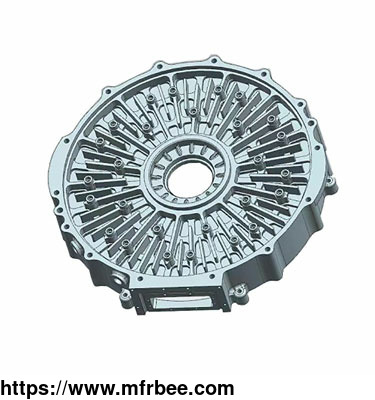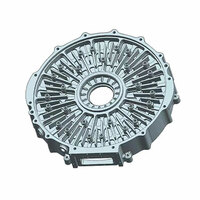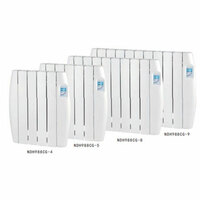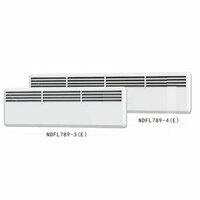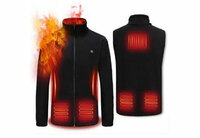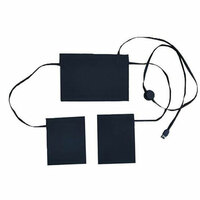Water Cooling Plate
Specifications
Water/liquid cooling plate china use a pump to circulate the coolant in the heat pipe and dissipate heat. The heat absorption part on the radiator (called the heat absorption box in the liquid
cooling system) is used to dissipate heat from the computer CPU, North Bridge, graphics card, lithium battery, 5G communication equipment, UPS and energy storage system, and large photovoltaic
inverter, SVG/SVC absorbs heat on heat dissipation. The heat absorbed by the heat absorption part of our water cooling plate china/liquid cold plates is discharged to the outside through the
radiator designed on the back of the pyrogen.
As a professional FSW products supplier in China, Cheeven provides quality water-cooled cold plates at great liquid cooling plate wholesale prices. Feel free to contact us and ask for the water
cooling plate price at any time!
LIQUID COLD PLATE DESIGN
A liquid cold plate is a device that is used to cool electronic components by circulating a liquid coolant through channels in the plate. The design of a water cooling plate depends on several
factors, including the size and shape of the components being cooled, the amount of heat that needs to be dissipated, and the type of liquid coolant being used.
Here are some general considerations for designing a liquid cold plate:
Channel design: The channels in the water cooled cold plate should be designed to maximize the contact area between the liquid coolant and the components being cooled. This can be achieved by using
a serpentine or zig-zag pattern for the channels, which increases the length of the coolant flow path.
Material selection: The material used for the water cold plate should have good thermal conductivity to efficiently transfer heat from the components to the coolant. Common materials used for
liquid cooling plate include copper, aluminum, and stainless steel.
Coolant flow rate: The flow rate of the coolant through the water cooled cold plate should be optimized to achieve the desired cooling performance while minimizing pressure drop in the system.
Increasing the flow rate can improve cooling performance, but may also increase system complexity and cost.
Integration with other cooling components: The water cooled cold plate should be designed to integrate with other cooling components in the system, such as pumps, heat exchangers, and tubing. This
requires careful consideration of the placement and orientation of the water cold plate and other components, as well as the type and size of connectors used to join them.
Thermal interface materials: The water cold plate should be designed to accommodate thermal interface materials, such as thermal paste or pads, which help to improve heat transfer between the
components and the water cooling plate.
Overall, the design of a liquid cooling plate requires careful consideration of multiple factors to achieve optimal cooling performance while minimizing cost and complexity.
COLD PLATE COOLING SYSTEM
A cold plate cooling system is a type of cooling system that uses a flat plate made of a highly conductive material, such as copper or aluminum, to dissipate heat from electronic components. This
cold plate cooling system is often used in applications where traditional air cooling methods are insufficient, such as in high-power electronics or in environments with limited airflow.
The liquid cooling plate is typically attached to the electronic component or device that needs to be cooled, and a coolant is circulated through the plate to absorb and carry away heat like the
product electric motor water jacket. The coolant can be water, a water-glycol mixture, or other types of fluids, depending on the specific application requirements.
Cold plate cooling systems offer several advantages over traditional air cooling methods, including higher cooling efficiency, more consistent cooling performance, and quieter operation. They are
also often more compact and can be used in tight spaces.
However, cold plate cooling systems also have some disadvantages, including the need for additional plumbing and the potential for leaks if the system is not properly maintained. Additionally, the
cost of a cold plate cooling system is typically higher than traditional air cooling methods.
- Country: China (Mainland)
- Address: Part Of The West Factory Building, Building 8, No. 2, Yunsheng Technology And Industry Park, Canghai Road ChinaZhejiang
- Contact: Cheeven com
